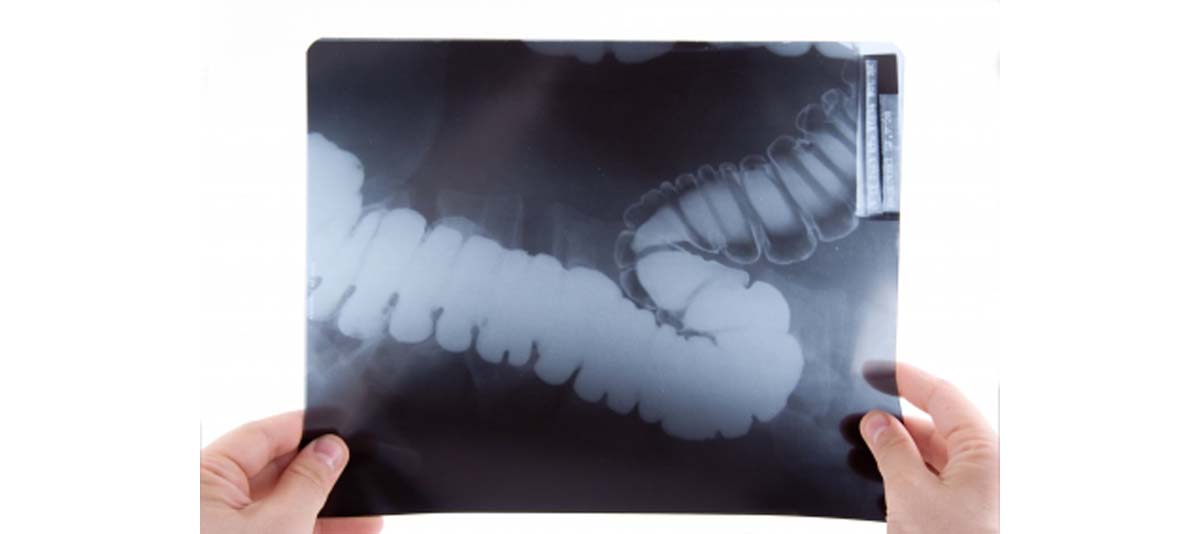Table of Contents
This is a new approach to this problem for a number of reasons.
Instead of looking for any particular genetic abnormality which could be related to a specific protein, these scientists, Rebecca Leary and Victor Velculescu are looking at sequences of the whole genome.

In the past, much scientific work has been aimed at examining the specifics – and this approach has worked extremely well. Several conditions have been discovered which are caused by a single genetic mutation. Huntington’s Disease, Sickle Cell Anaemia and Cystic Fibrosis are good examples of this. For instance, when it became established that Huntington’s Disease was an inherited condition which was caused by a mutation of the protein Huntingtin, much of the research focused on finding the gene responsible.
Another difference in this new research is that it has examined the plasma. DNA is usually found safely tucked away in the nuclei of cells. To look at it, these cells must be disrupted and the DNA must be extracted, purified and sequenced.
And this approach has really paid off. Abnormal DNA fragments were found circulating within the plasma of the cancer patients and none in the normal patients.
It seems, according to Velculescu, that the presence of cancer causes ‘chromosomal rearrangements’ within the cell, expelling tiny fragments of abnormal genetic material into the plasma.
Many, Many Uses
Once it has been established that there are unusual fragments of DNA in the plasma, then the uses of this research can be expanded in several directions.
Therapeutic Uses
It can be used to test whether cancer therapy has been effective or not. Follow-up tests can be performed on a regular basis after therapy has been completed to ensure that any cancerous cells do not recur. Also, that there is no spread of the tumor to other organs as a secondary cancer.
In the same way, post-operative tests can be conducted to make sure that all cancerous tissue has been removed.
Diagnostic Uses
Perhaps the one aspect of this study which would send tingles up the spine is in its use as an early detection tool. This group is currently conducting research along the entire pathway of tumorigenisis to establish where these tests can be best used. They have to now demonstrate that their approach works in every different type of cancer and also that it can be translated into an early detection tool. They intend to do this by trying to reproduce their findings in a large scale clinical trial with hundreds of patients instead of the ten that they have currently explored.
If a test like this can be used to detect cancer before any physical symptoms are seen or before anything shows up on any scans, then it will save the lives of thousands of people every year.
- Rebecca J. Leary, Mark Sausen, Isaac Kinde, Nickolas Papadopoulos, John D. Carpten, David Craig, Joyce O’Shaughnessy, Kenneth W. Kinzler, Giovanni Parmigiani, Bert Vogelstein, Luis A. Diaz, Jr., and Victor E. Velculescu, Detection of Chromosomal Alterations in the Circulation of Cancer Patients with Whole-Genome Sequencing, Sci Transl Med 28 November 2012 4:162ra154.
- Photo courtesy of on Flickr:


Your thoughts on this